US and Israeli drones are facing increasing threats from Iran-backed militant groups. Recently, several high-value drones have been shot down, raising questions about their effectiveness and future use in contested environments.
Drone Attacks and Losses
Since October, the US has reportedly lost four Reaper drones, valued at $30 million each, to attacks by Houthi rebels in Yemen and Iran-backed militias in Iraq. Israel has similarly lost at least four Hermes drones to Hezbollah in Lebanon. Turkey has also faced losses, with one Anka drone downed by Kurdish militants.
Vulnerabilities and Adaptations
These drones, classified as medium-altitude, long-endurance (MALE) drones, have proven effective in conflicts like Iraq and Afghanistan. However, their vulnerabilities become evident in more contested environments.
“Predators and Reapers are useless in a contested environment,” former US general Mike Hostage noted in 2013.
This was highlighted by Ukraine’s experience with Bayraktar TB2 drones, which initially succeeded against Russian forces but became targets once Russia adapted its tactics.
Specific Drone Incidents
In April, the Houthis shot down a Reaper over Yemen, following a similar incident in January in northern Iraq. These attacks reportedly used the 358 loitering munition, which can reach altitudes of about 25,000 feet and fly in a figure-eight pattern until detecting an enemy drone.
Costs and Comparisons
Despite their vulnerabilities, drones like the Reaper offer significant cost advantages over manned aircraft. A Reaper drone costs $30 million, less than half the price of the advanced F-16 Block 70/72 jet. Additionally, the operating cost of a Reaper is about $3,500 per hour, compared to up to $40,000 per hour for advanced jets like the F-35.
Operational Lifespan and Efficiency
Reapers also boast a longer airframe lifespan of 40,000 hours compared to the F-16’s 12,000 hours. Their capability for persistent surveillance and target acquisition has been a strategic advantage for over 20 years.
“MQ-9s [Reapers] and others have evaded most non-state actors for over 20 years,” said Sam Cranny-Evans, a research fellow at the UK Royal United Services Institute think tank.
Future of Drone Strategy
Experts believe that while MALE drones will continue to play a role in military strategy, their usage will adapt to address emerging threats.
“The RAF recently published a new drone strategy which discusses these challenges,” says Sophy Antrobus of the Freeman Air and Space Institute.
This includes adding alert systems and magnesium flares, despite the additional cost and weight.
Technological Safeguards
Concerns also arise about the potential for captured Drone Technology to be exploited.
“One would hope or expect that the software that makes these systems work is encrypted and has the ability to be remotely wiped,” said Mr. Cranny-Evans.
DroneXL’s Take
Drones remain a cost-effective and strategic asset for military operations despite their vulnerabilities in contested environments. The ability to adapt tactics and technology will be crucial in maintaining their effectiveness. As militant groups continue to celebrate their success in downing drones, the focus must shift to enhancing drone resilience and operational tactics to mitigate these threats. The continued development and deployment of MALE drones underscore their importance in modern warfare, reflecting an ongoing evolution in military strategy.
Discover more from DroneXL
Subscribe to get the latest posts to your email.
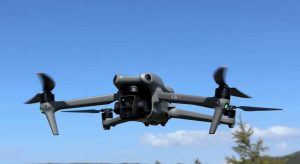
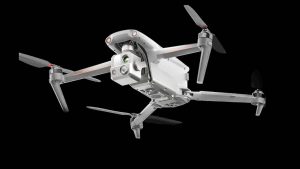


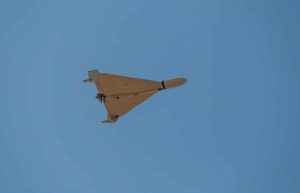
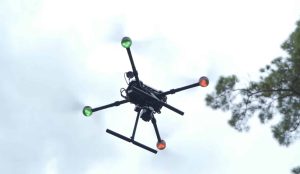
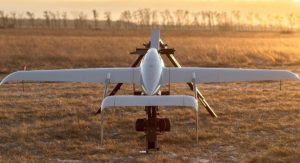
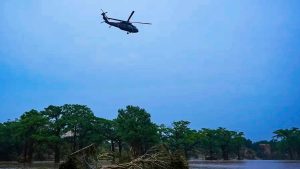

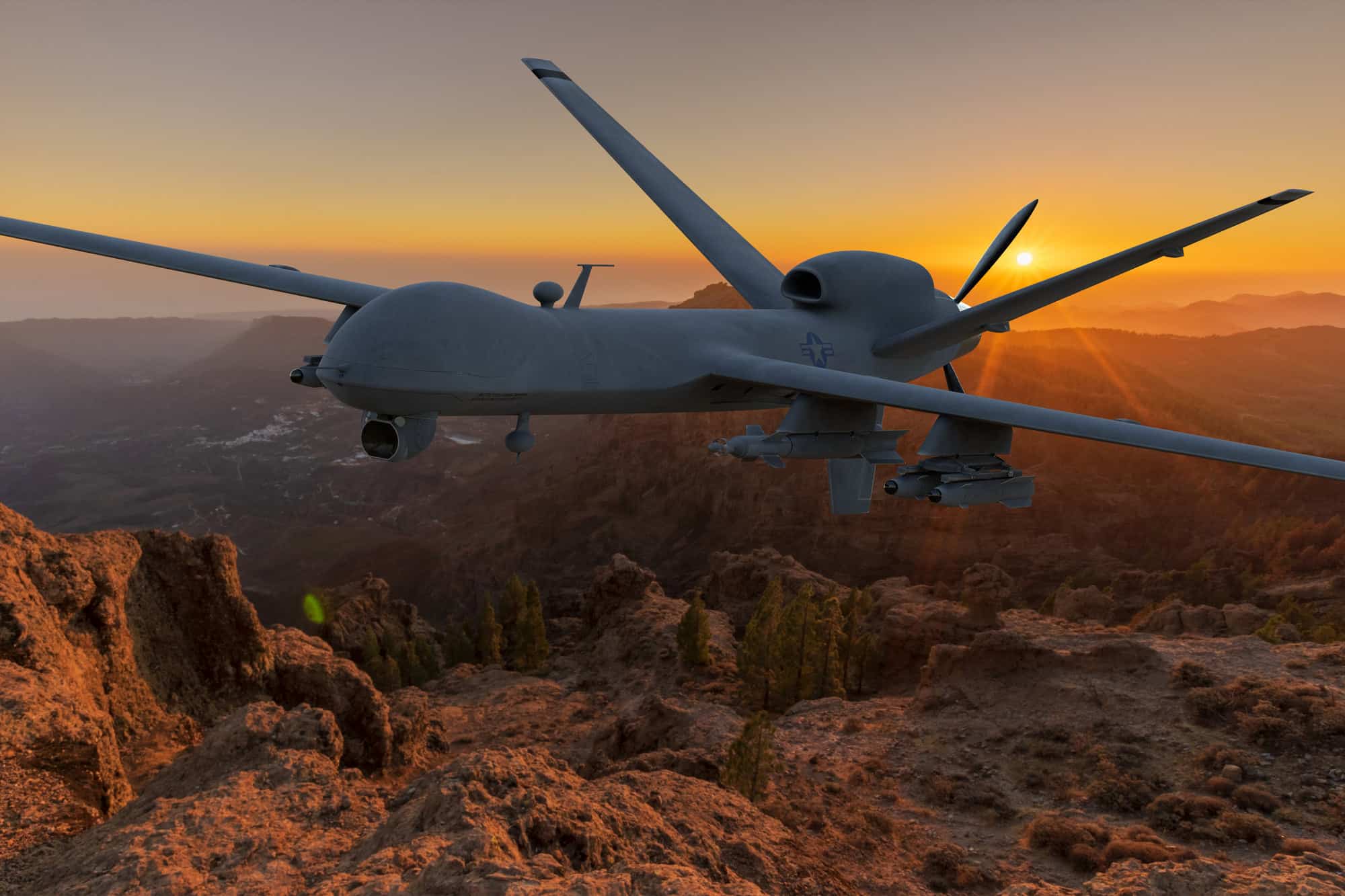
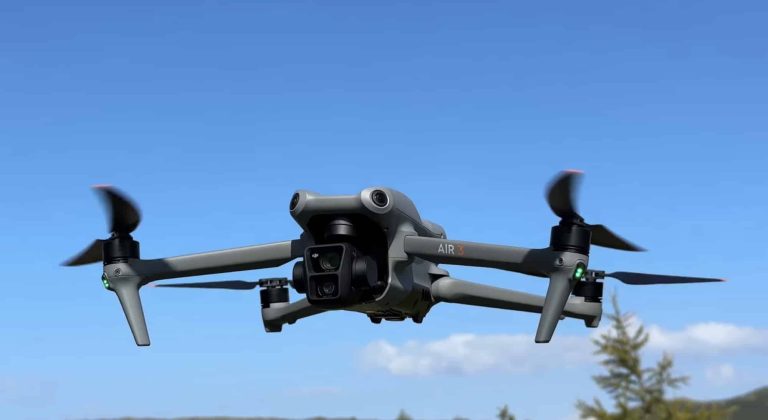
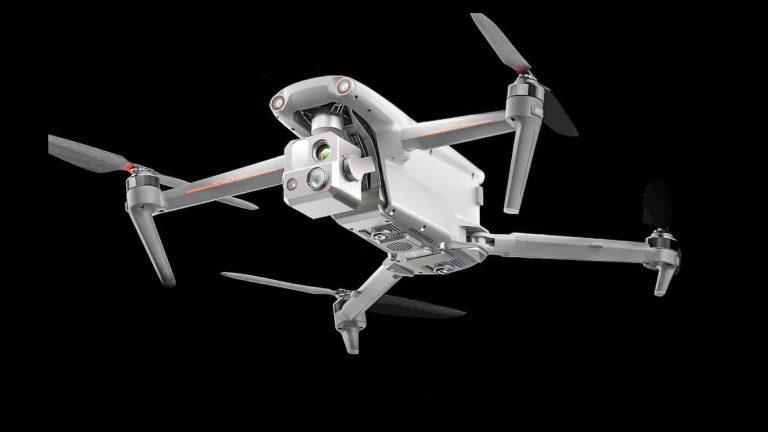
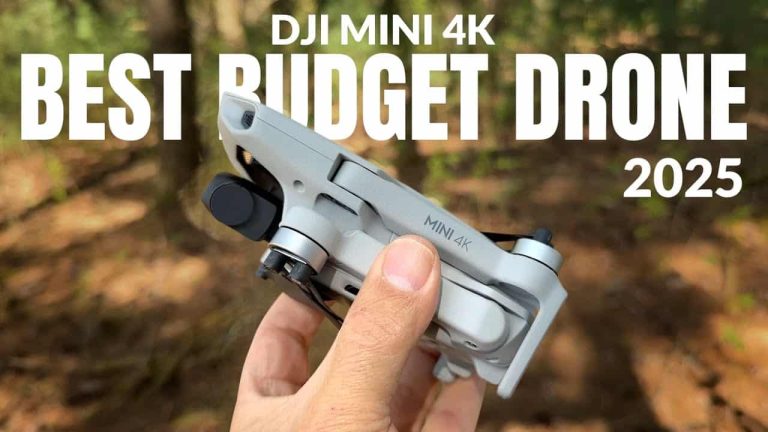
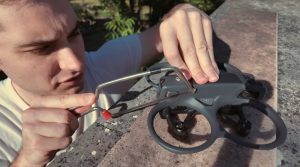
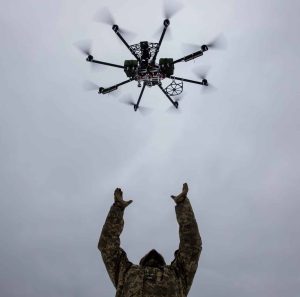

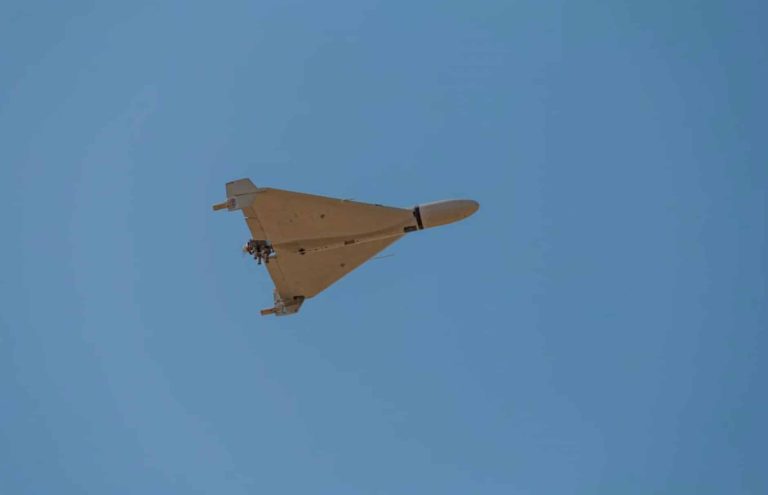
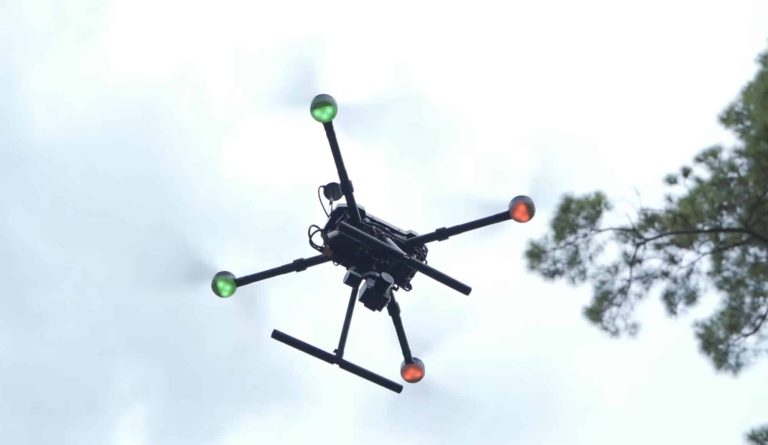
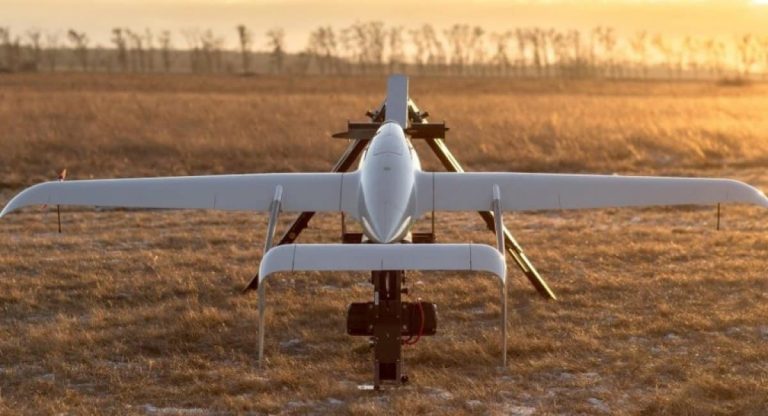
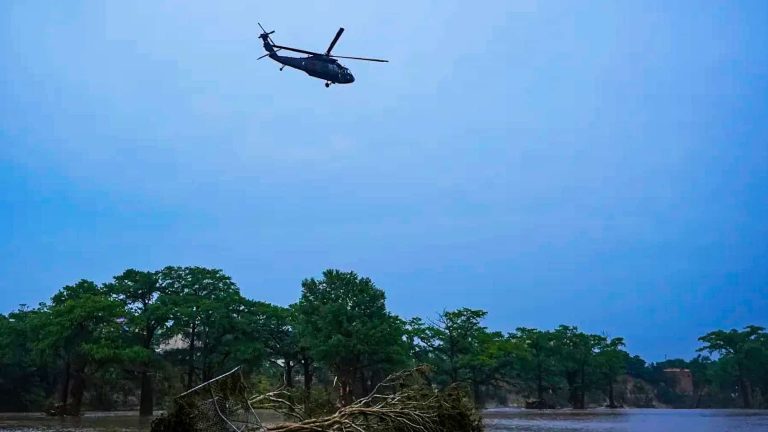
+ There are no comments
Add yours